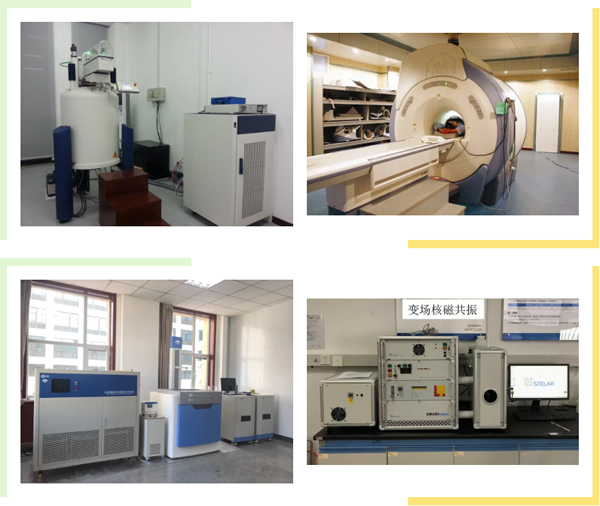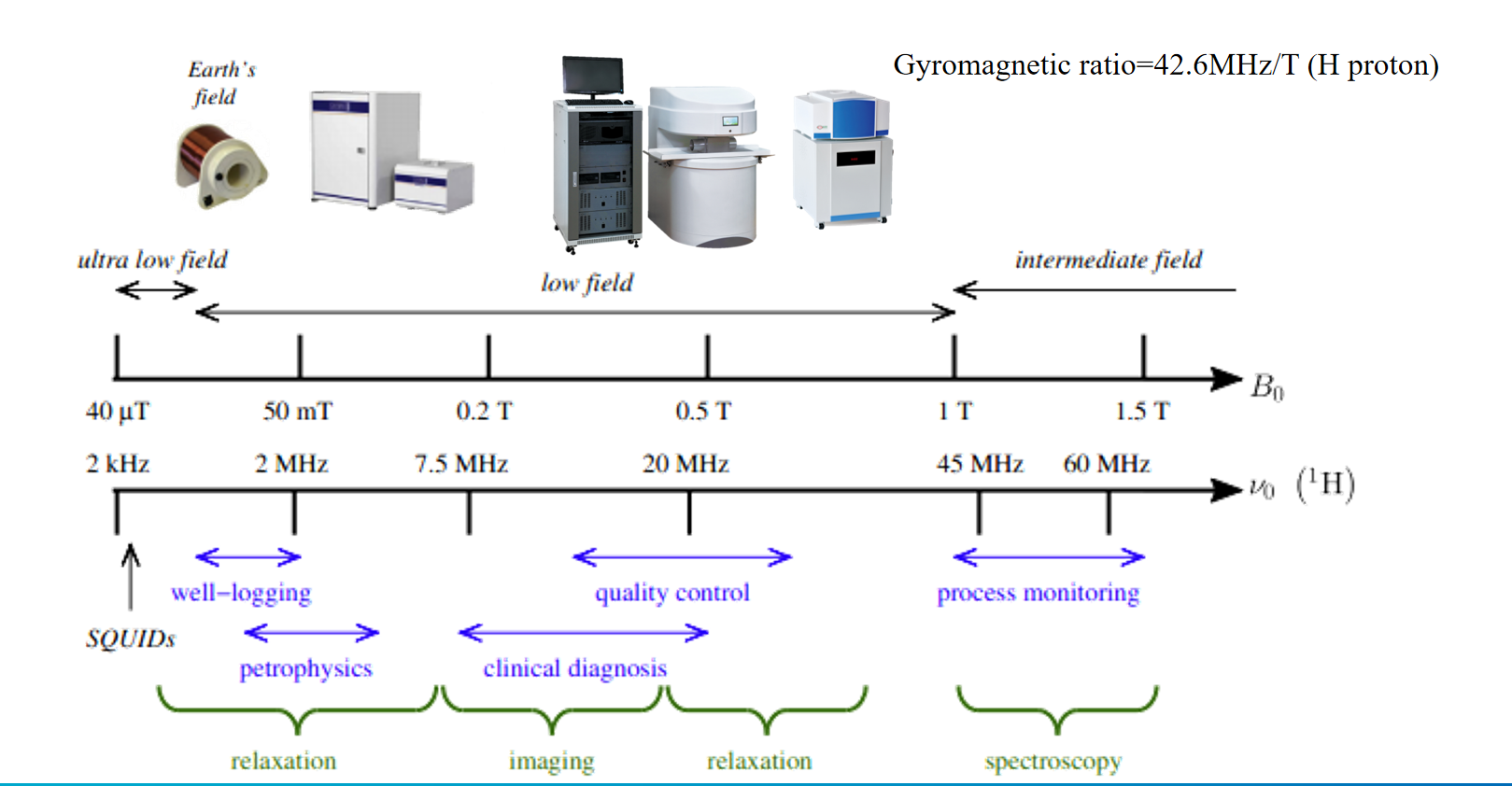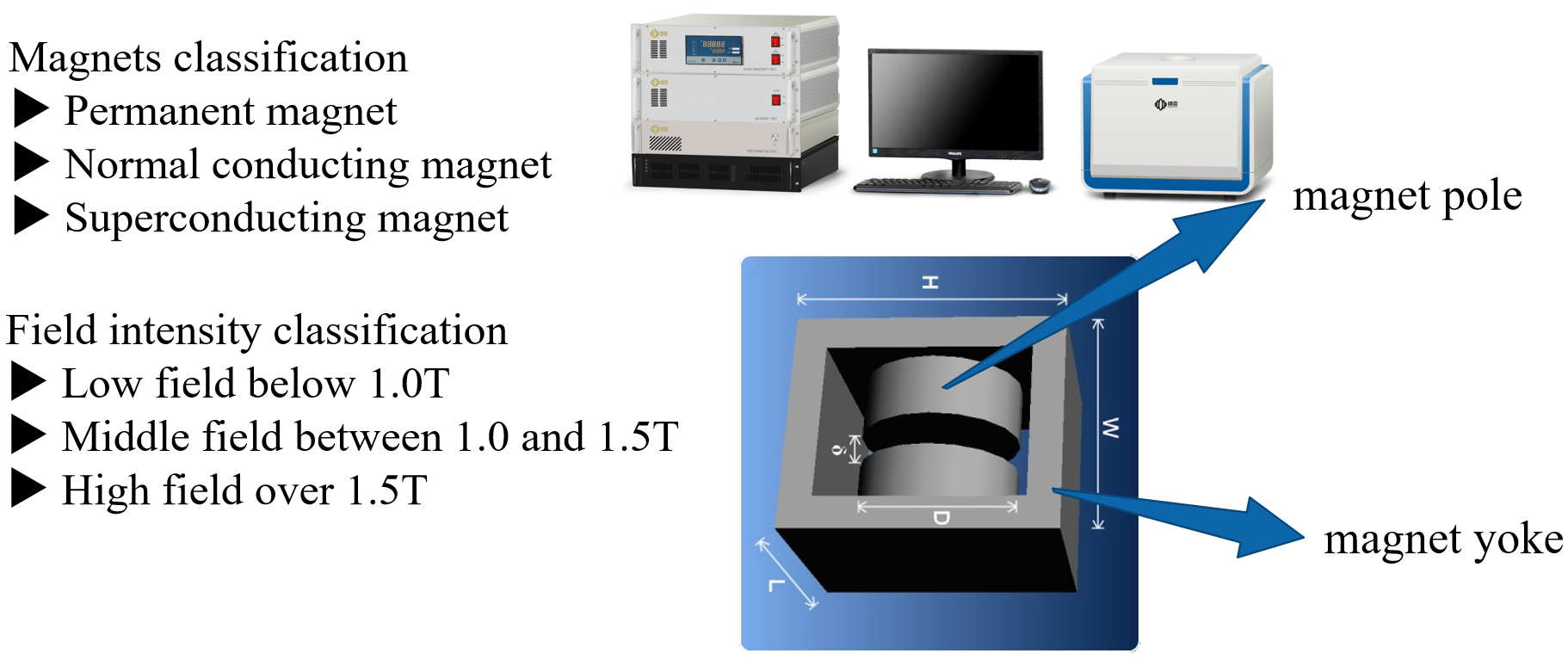NMR Instrument Classification
Nuclear Magnetic Resonance (NMR) instruments are analytical tools used to study the properties of atomic nuclei in various materials. These instruments can be classified based on several factors, including their application, magnet type, field strength, and probe configuration. Here’s a general classification of NMR instruments:
Application-Based Classification:
- Routine NMR: Instruments used for routine analysis in fields like chemistry, biochemistry, and material science.
- Solid-State NMR: Instruments designed for studying solid samples, such as crystals, polymers, and materials with limited mobility.
- Medical NMR (MRI): Magnetic Resonance Imaging instruments used in medical diagnostics to visualize internal structures of the human body.
Magnet Type:
- Superconducting Magnets: These instruments use superconducting coils to generate high magnetic fields with minimal energy consumption.
- Permanent Magnets: Instruments that utilize permanent magnets for lower field strengths, suitable for some routine applications.
Field Strength:
- Low-Field NMR: Instruments with magnetic fields typically up to 1 Tesla, often used for teaching and basic research.
- Mid-Field NMR: Field strengths between 1 and 3 Tesla, suitable for routine analysis and some research applications.
- High-Field NMR: Instruments with field strengths greater than 3 Tesla, providing higher sensitivity and resolution for advanced research.
Probe Configuration:
- Single Nucleus Probes: Designed for detecting signals from a specific nucleus (e.g., proton or carbon-13) in a sample.
- Multinuclear Probes: Capable of detecting signals from multiple nuclei, allowing analysis of a broader range of elements.
- Cryogenic Probes: Probes cooled to cryogenic temperatures, enhancing sensitivity and signal-to-noise ratio.
Specialized NMR Instruments:
- Benchtop NMR: Compact instruments designed for small-scale analysis, often used in educational settings and certain industries.
- Time-Domain NMR: Instruments that focus on relaxation and diffusion measurements, valuable in various applications, including food science and material characterization.
- Portable NMR: Handheld or portable NMR devices used for in-field analysis, suitable for applications like oil exploration and quality control.
Advanced Techniques:
- 2D-NMR: Instruments capable of performing two-dimensional NMR experiments, providing additional structural information.
- Multidimensional NMR: Instruments capable of higher-dimensional NMR experiments, enabling detailed analysis of complex molecules and interactions.
NIUMAG NMR Instruments – Low Field NMR
Low-field NMR instruments (with a magnetic field strength of up to 0.5 T) have several advantages:
- Cost-effective: Low-field NMR instruments are less expensive than higher-field instruments. This makes them more accessible for smaller laboratories or those with limited budgets.
- Portable: Low-field NMR instruments can be designed to be compact and portable, making them useful for field studies or remote locations.
- Easy to use: Low-field NMR instruments are often simpler to operate and require less specialized expertise. This makes them useful for routine quality control measurements or teaching applications.
- Broad sample compatibility: Low-field NMR instruments can analyze a wide range of samples, including solids, liquids, and gases.
- Fast data acquisition: Due to the lower magnetic field strength, low-field NMR instruments typically have shorter relaxation times, resulting in faster data acquisition.
- Non-destructive: NMR spectroscopy is a non-destructive technique, so low-field NMR instruments can be used to analyze samples without damaging them.
Niumag has autonomously designed a range of low-field NMR analyzers. Our Benchtop NMR analyzers have found effective application across diverse sectors, including energy, geotechnical studies, food and agriculture, life sciences, materials research, and educational contexts.
 NIUMAG
NIUMAG


